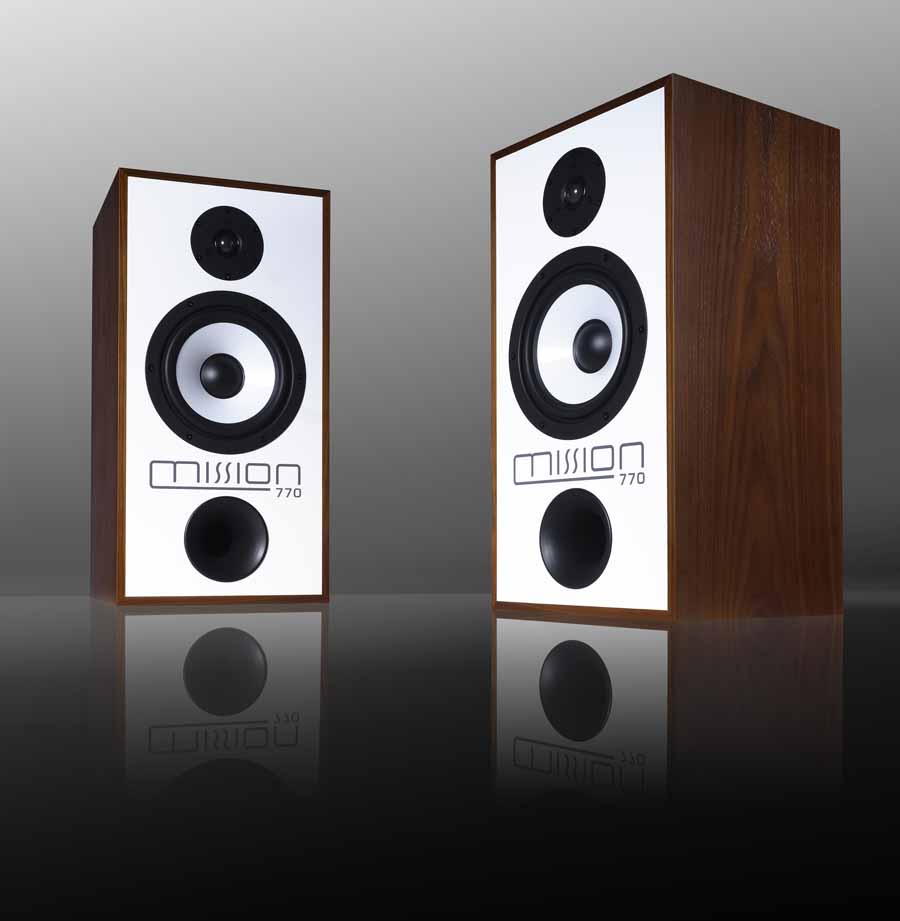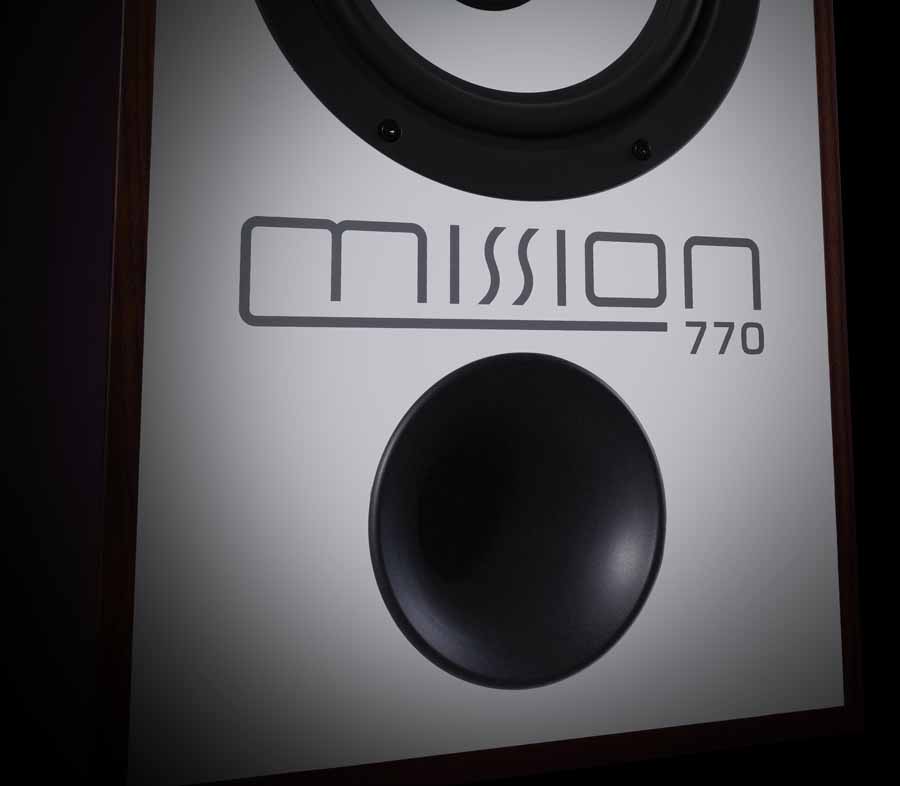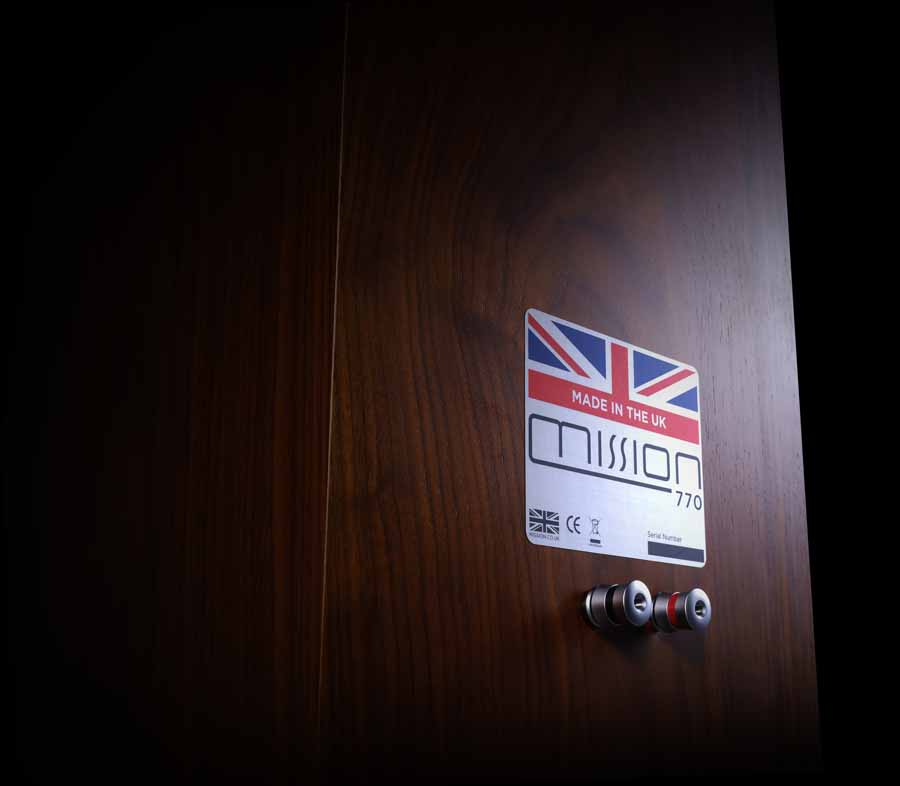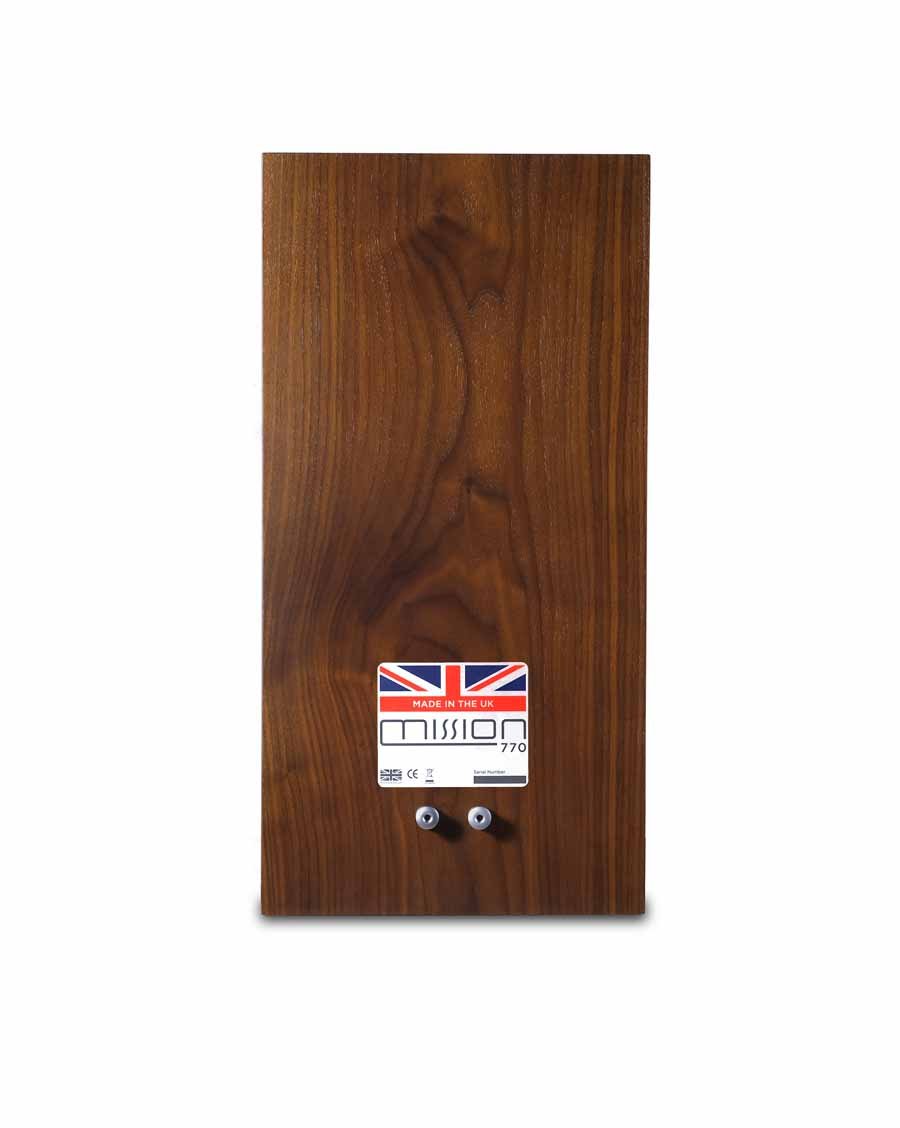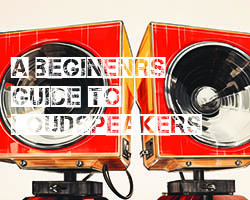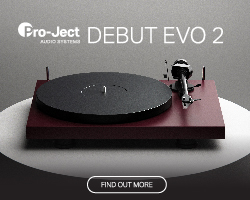 MISSION REENGINEERS THE MISSION 770 LOUDSPEAKER
MISSION REENGINEERS THE MISSION 770 LOUDSPEAKER
44 years on from its debut, the British HiFi brand is bringing back the Mission 770 Loudspeaker.
British brand Mission is bringing back the Mission 770 Loudspeaker, re-engineered to reap the benefits of modern techniques and technologies whilst invoking the spirit of the original in terms of technical ethos, look and sound.
MISSION 770 LOUDSPEAKER
On the face of it, the original Mission 770 did not appear especially radical, despite its distinctive white baffle. Its sound was perfected over hundreds of hours of listening tests with input from budding industry luminaries such as Philip Swift and Derek Scotland (soon to be founders of Audiolab), and magazine editors such as Paul Benson of Hi-Fi Answers and John Atkinson of Hi-Fi News.
The project was a labour of love for Mission founder Farad Azima. His intention was to deliver the BBC-influenced midrange accuracy and transparency of a speaker like the Spendor BC1 while also achieving tighter bass and a more propulsive and engaging sound.
CLASSIC REVIVAL
These days, Mission is part of the International Audio Group (IAG) the custodian of famous British audio brands that also include Audiolab, Castle, Leak, Quad and Wharfedale. The popularity of Wharfedale’s recent Linton and Denton revivals (two classic British speakers from the 1960s and ’70s), as well as the arrival of the first new Leak electronics for more than 40 years, shows there is great demand for the reappearance of classic, much-loved British designs in re-engineered form.
MODERN TECHNOLOGIES
The new speaker is faithful to the original blueprint whilst making full use of modern techniques and technologies to elevate its performance. The project’s design and engineering team was led by Peter Comeau, Mission’s current Director of Acoustic Design. Peter was a young reviewer for Hi-Fi Answers when the original 770 launched and well remembers its impact (he subsequently co-founded loudspeaker maker Heybrook in 1979). For Peter, the new Mission 770 is a labour of love; just as it was for Farad Azima all those years ago.
When Peter revisited the original speaker at the start of the project, he confirmed that two key elements were fundamental to its highly musical performance. First, its polypropylene cone which was claimed to be unique in a consumer product at the time, and second, the resonance control of the cabinet. Naturally, these elements also became the cornerstone of the re-engineered design, but every part has been improved from the drive units, to the crossover, to the cabinet.
THE MISSION 770 LOUDSPEAKER DRIVE UNITS
A new 20cm polypropylene mid/bass driver was developed for the re-engineered Mission 770, mimicking the extended response and low coloration of the original, while upgrading the motor system to take account of modern power handling and dynamic requirements. Like the original, the driver is built onto a die-cast chassis with large rear ‘windows’ to reduce early reflections back through the cone. Special care has been taken to marry a low-density nitrile surround to the cone, to match its impedance and reduce reflections from the cone edge.
The new polypropylene cone is loaded with minerals to make it stiffer than the original. This is balanced by tuning the cabinet and reflex port to a very low frequency, with the aim of avoiding the ‘one-note bass’ that is typical of a lot of bass reflex systems. In addition, the port is strongly flared at both inlet and outlet to smooth airflow and eradicate distortion. Bass extends to below 30Hz in the room.
The new 770’s treble unit uses a lightweight, 28mm damped microfibre dome, backed by a damped rear chamber that pushes the fundamental resonance well below the crossover region.
MISSION 770 CROSSOVER
The original Mission 770 used a single coil to equalise the bass to midrange response as well as cross over to the treble unit, the latter driven by a resistor, capacitor and coil combination.
Today’s advanced software crossover mapping and measuring techniques allow Mission to perfect the balance between bass and midrange and adjust the crossover to the treble unit by mapping the acoustic crossover slopes with accuracy. The circuit was then mapped out onto separate bass and treble PCBs using very short signal paths and accommodating high-quality components such as super-transparent polypropylene capacitors and air core inductors, maintaining the simplicity and elegance of the original whilst improving critical elements.
THE CABINET
The drivers and crossover are housed in a real-wood veneered cabinet, measuring 59x30x30cm (HxWxD), with a white laminated front baffle echoing the style that made the Mission 770 stand out in the 1970s and ’80s. Beneath the, rosy-tinged walnut or black veneers lies a further technological advancement. While the original 770 reduced midrange coloration using the BBC-influenced technique of a thin-wall cabinet damped by mass loading with bitumen pads, the new 770 features a twin-wall sandwich of high-density MDF and particle board bonded by a layer of high-damping adhesive.
Internal bracing adds strength to the front baffle and braces the drive unit to the cabinet, creating a mechanical support that aids the dynamic performance of the bass unit. This is complemented by a layer of acoustic foam and damping fibre, strategically placed to absorb reflections inside the cabinet without overdamping the bass quality.
MADE IN THE UK
The new Mission 770 loudspeaker is designed, engineered and made in the UK. Mission’s parent company, IAG, has expanded its facilities in Huntingdon, Cambridgeshire to incorporate key manufacturing, assembly and finishing processes for specially selected products, in addition to the R&D function already located there. A 9,000ft2 production facility has been added to the existing building in Huntingdon, including a new anechoic chamber, making a total of 25,000ft2 of office, lab and manufacturing space.
Like many British audio brands, especially those operating at the more affordable price points, manufacturing of Mission speakers was moved to Asia (to IAG’s purpose-built factory) many years ago, in order to maintain retail prices at the level the market demanded, while design functions such as R&D and industrial design remained in Huntingdon. IAG’s new Made in the UK initiative has been devised to enable the manufacture of specific products to be brought back to the UK without skyrocketing costs.
‘Heritage’ products are the focus of this initiative, speakers that are steeped in British audio history, where ‘Made in the UK’ adds to the sense of historical authenticity. The new Mission 770 is the first to benefit; products from other brands within the Group, including Wharfedale, Leak and Castle, are set to follow.
MISSION 770 LOUDSPEAKERS PRICE AND AVAILABILITY
Manufacturing of the new Mission 770 is now underway, in strictly limited quantities.
The first pairs will be available to purchase from the end of March, in a choice of walnut or black wood veneers, at an RRP of £3,500 per pair.
The price includes a pair of dedicated floor stands, custom made in the UK to ensure each speaker is positioned at the perfect height, with a damped carbon steel frame and large stainless steel spikes. The package is completed by a set of stainless steel spike seats for hard floors and a pair of handling gloves.
HiFi Pig Says: Modern revivals of classic HiFi are proving very popular, great to see these being manufactured in the UK too.
Get all the latest Hifi News with Hifi Pig here!



























































